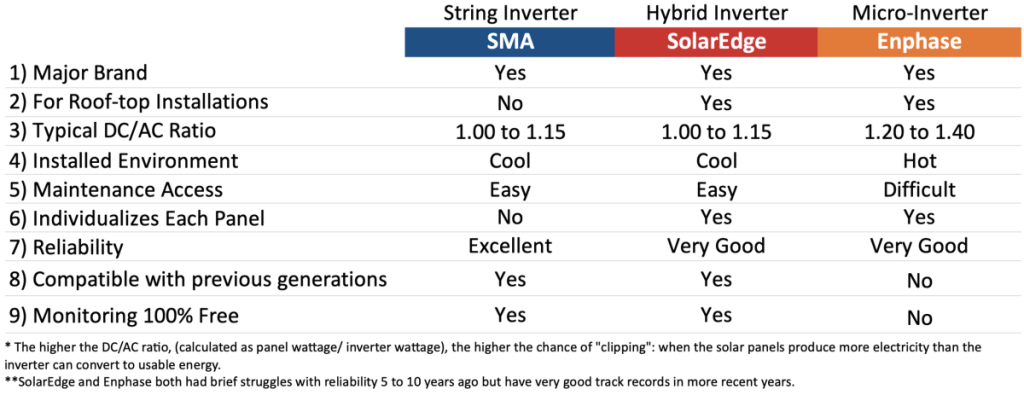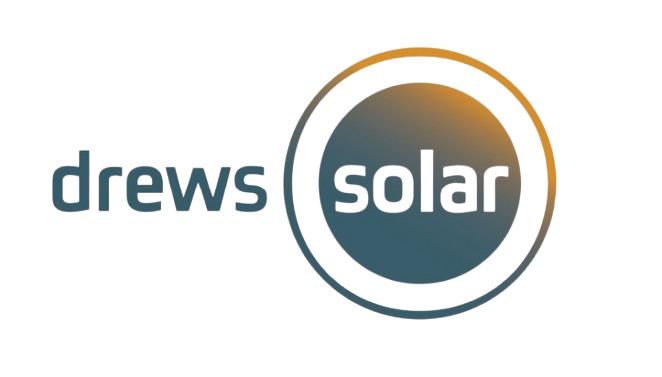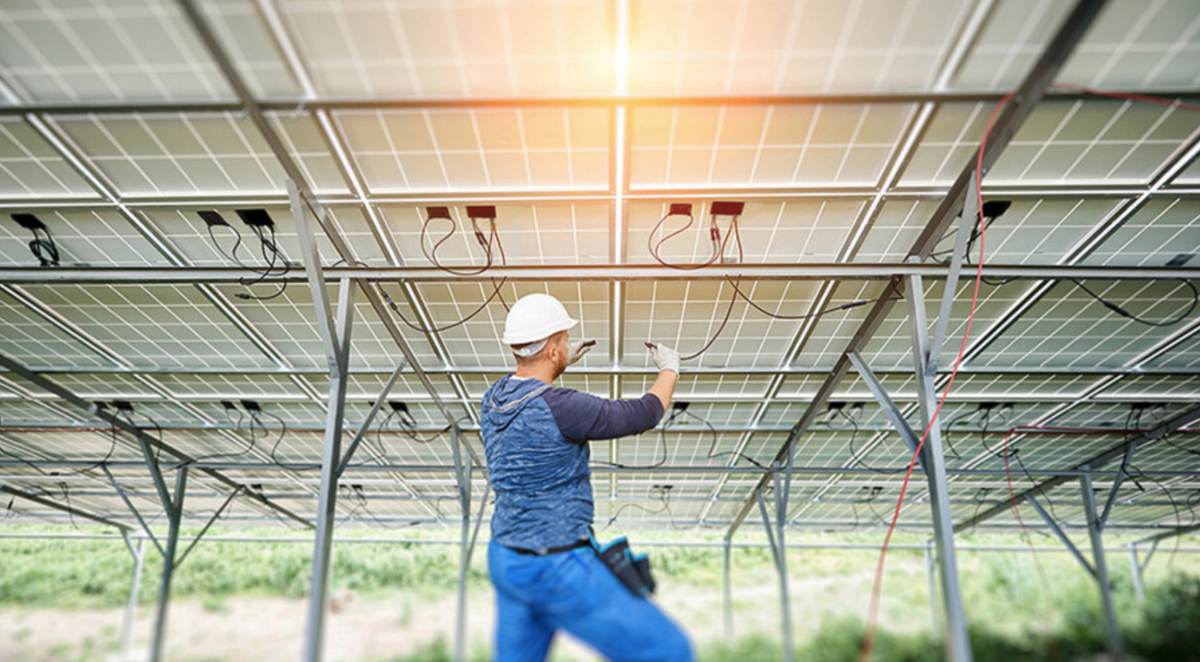Inverter selection can be a daunting task for a solar customer, but this comparison graph shows the major differences between the three main options: (1) string inverters, such as SMA, (2) hybrid systems, such as SolarEdge’s inverter-and-optimizer system, and (3) micro-inverters like Enphase.

All major inverter brands have developed to a place of high reliability and efficiency, but when choosing between the two most common offerings in America – SolarEdge and Enphase – there are some important differences.
Both SolarEdge’s optimizers and Enphase’s micro-inverters have the same ability to optimize your solar array by:
-
Individualizing electricity production of each solar panel without being affected by shading on adjacent panels.
-
Producing power independently, so in the rare event one panel is malfunctioning, the rest of the panels in the array will continue to produce power as usual.
-
Monitoring the performance of each individual solar panel and make sure everything is running as it should.
We have chosen the SolarEdge inverter-and-optimizer system as our standard offering for our solar arrays because the hybrid system offers several benefits that micro-inverters do not:
-
Inverter Protection With SolarEdge systems, you have one (or two) inverters placed indoors, typically in the basement, as opposed to tens of inverters on your roof. Inverters are the most complex piece of technology in any solar array, and therefore the most fragile. An inverter in a protected and climate-controlled basement will be more reliable over the 30-to-40-year lifespan of your system than multiple inverters on your roof exposed to the elements and the heat of summer year after year. Plus, if an inverter needs service or replacement, it is easier and faster to access a basement inverter, reducing potential maintenance costs.
-
No Clipping When the solar panels produce more electricity than the inverter can convert to usable energy, “clipping” occurs, and all the electricity produced beyond the inverter capacity is lost. Clipping is most likely to occur with south-facing panels on a cool, sunny day when the wattage of the inverter(s) is significantly lower than the wattage of the solar panel(s). For south-facing panels, a DC/AC a ratio above 1.15 will typically introduce clipping losses. The DC/AC ratio is calculated by dividing the panel wattage by the inverter wattage. For example, Enphase IQ 8+ used with REC 405 yields a ratio of 1.40 (405-watt solar panels / 290-watt micro-inverters = 1.40 DC/AC ratio). The effects of clipping are less pronounced when a significant portion of the solar panels are facing east or west. We size our SolarEdge to have a very low DC/AC ratio, eliminating clipping, and making sure all the energy produced by your solar panels is converted to electricity for your home.
Bottom line: Both SolarEdge and Enphase inverter systems offer high reliability, individual panel optimization and monitoring, and affordability for residential solar arrays. But we recommend SolarEdge’s hybrid optimizer-and-inverter system for our customers because the SolarEdge system offers the best chance of inverter-reliability for the 30-to-40-year lifespan of your solar array and the lowest chance of energy-loss due to clipping while still offering all the same benefits of the Enphase micro-inverter system

